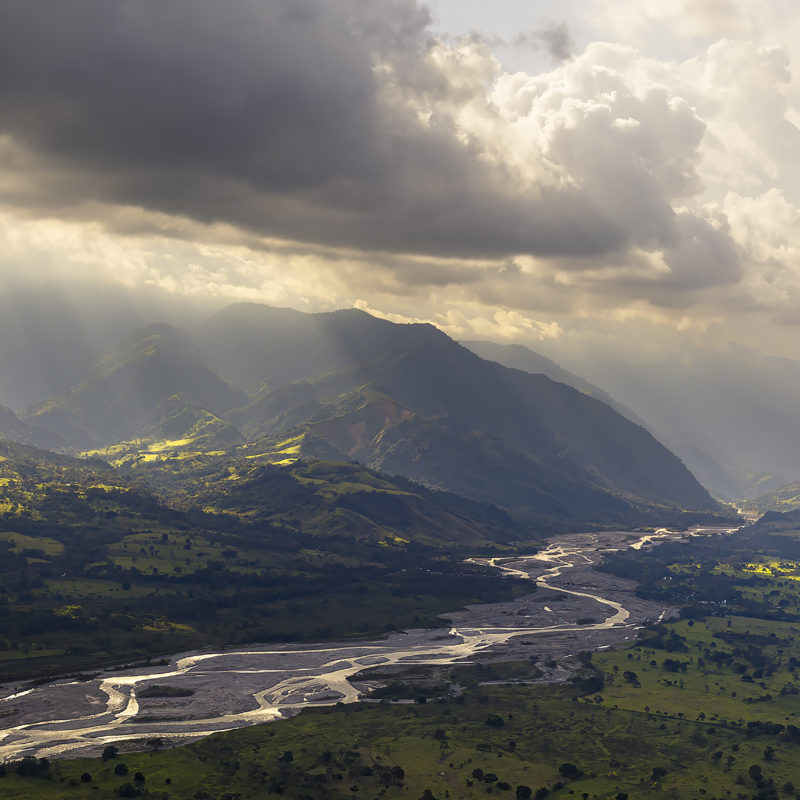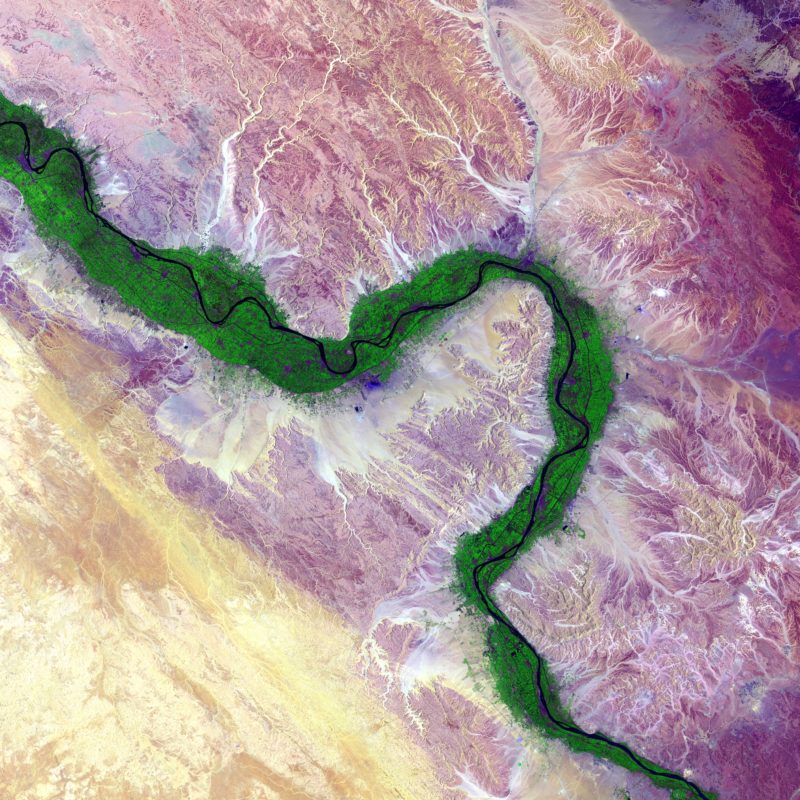This project contributes to research and policy on civil war by conceptualising civil war as a social process that connects the pre-war, war and post-war stages of conflict through changing interactions between non-state, state, civilian and external actors and identifying different paths that civil wars follow based on the dynamics that these interactions engender.
While it is recognised that efforts to sustain peace are required not only once civil war breaks out, but also before and after, we currently have limited understanding of how conflicts turn violent and evolve over time across cases. This project studies civil war comparatively as part of the broader conflict to understand how civil wars unfold from the pre- to post-war stages in different ways, with a focus on how non-state armed groups form and transform in interaction with other actors involved.
This research is guided by a number of questions:
1. What are the paths to civil war onset?
- What are the different ways in which non-state groups mobilise and organise before the war?
- How do different organisational origins of non-state armed groups condition transitions to violence?
- How do relations between non-state, state, civilian and external actors shape the onset of civil wars?
2. How do different paths to civil war shape wartime dynamics?
- How does the nature of actors at the beginning of civil war shape the fighting?
- How do wartime strategies and institutions developed by armed actors change over time?
- How do external actors contribute to these changes?
3. How do wartime dynamics and outcomes shape the post-war potential for peace?
- How do wartime relations between armed actors and populations affect post-war peacebuilding?
- What forms of “conflict” and “peace” emerge from different paths when civil wars end?
- How does conflict transform when the violence related to civil war subsides?
Using an actor-centered, relational and processual approach to civil war, we have identified a range of pre-war, war and post-war dynamics generated by the interactions between non-state, state, civilian and external actors, theorised different paths that civil wars follow based on the changing interactions between these actors and mapped all recent civil wars to select a number of cases for fieldwork-intensive qualitative comparison.
The research team is collecting primary and secondary data to trace the process within each case, compare pre- to post-war paths in the selected cases and produce high-quality academic and policy outputs. Our focus on how participants perceive, interpret and adapt to changing circumstances in different contexts will help shape new insights on and responses to civil war that are grounded in lived experiences of conflict.
Fieldwork
In each case selected for the project, the research team is carrying out semi-structured interviews
with state officials, non-governmental organizations, journalists, ex-combatants and local leaders.
We rely on ethnographic observation to adjust interview questions to the particular local
context. Archival materials and secondary literature help us contextualise and check the quality
of the interviews. The resulting high-quality data forms the foundation for analysing civil war as a
social process and identifying civil war paths that require different responses.
Publications
Transitions to and from civil war
Civil wars are highly complex processes involving a myriad of actors whose interactions shape transitions to and from war in non-linear ways
The paths and legacies of civil war
Civil wars leave enduring legacies for social networks, political identities, preferences, and attitudes
Civil war as a social process: Actors and dynamics from pre- to post-war
Civil wars unfold in path-dependent and endogenous ways through dynamics that actors’ evolving interactions generate
Identifying contemporary civil wars’ effects on humanitarian needs, responses, and outcomes
Understanding civil wars’ effects on humanitarian activities requires mapping systems relationships between actors involved in the conflict
Familial ties as a gendered relationality in civil war
Family as a social institution is entangled with the aims of war and is profoundly transformed by violence
Armed violence in post-war Abkhazia
Violence after war reflects continuities and changes from war to post-war that tools from civil war studies and perspectives of the actors involved can help capture
Agency and injustice in Sierra Leone and South Sudan
Complex silences and artistic practices are among unconventional sites of agency through which conflict-affected individuals navigate continuities of injustice from formal transitional justice shortcomings
Critical discourse analysis guided topic modeling
A novel Critical Discourse Analysis Guided Topic Modeling method brings the context of social structures and processes in the analysis of topics
Armed group formation in civil war: ‘Movement’, ‘insurgent’, and ‘state splinter’ origins
Fundamentally different dynamics of conflict shape armed group origins in the context of broad-based mobilisation, peripheral challenges to the state, and intra-regime fragmentation




